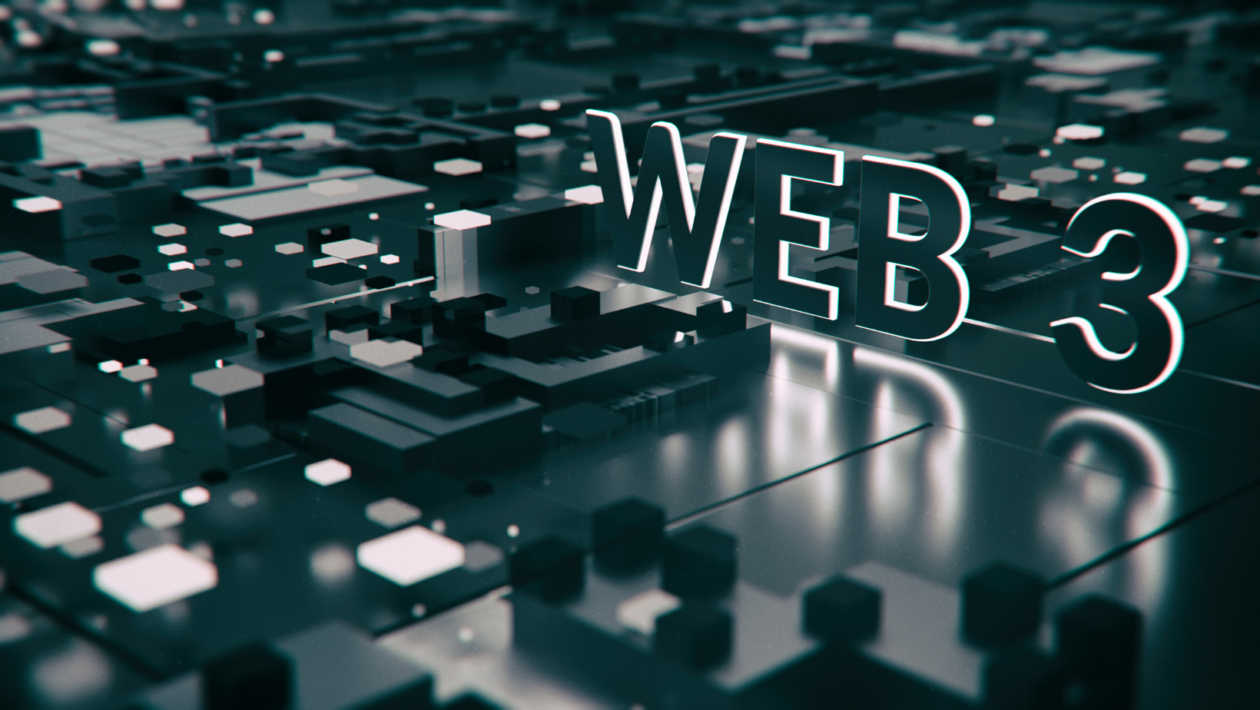The late ’90s were an exciting time for the internet. It was the dawn of the information age and the beginning of a new era of technology and communication. The internet was still relatively young, and the possibilities for what it could be used for were still being explored.
This new ever-evolving era of digital communication has revolutionized many aspects of our lives, from how we shop and consume content to how we communicate and collaborate. Today, we are in a very similar inflection point with the emergence of Web3, a new paradigm of the internet. The possibilities for the future of digital communication and collaboration are even more exciting.
However, just like the internet in the late 1990s, Web3 is still in its early stages of adoption, facing similar fundamental obstacles, namely its ease of use and infrastructure capabilities. Without improving drastically in these two areas, Web3 runs the risk of falling short of its full potential.
Web3’s real-world uses
Today, Web3 already has many real-world use cases. The obvious example is financial services, including peer-to-peer payments, micro-payments and decentralized asset trading. Yet, outside of that, there are far-reaching use cases in data storage and sharing, identity management, and the internet of things (IoT) sector, all created through a user-incentivized structure that retains the core ethos of Web3.
The Web3 approach to providing secure, transparent and incentivized structures has already catalyzed the development of novel business models that revolutionize how we understand our relationship with the internet and how we benefit from it.
Web3 is trailblazing the way we interact with the digital world. It provides users with unprecedented levels of trust, privacy and autonomy. But despite the potential benefits of Web3, its adoption has been slow. As of 2021, according to the Pew Research Center, 16% of Americans — around 52 million people — have already invested in or used cryptocurrency in some way, meaning they’d created digital wallets. that leaves roughly 80% of the country without crypto wallets, thus exiling them from Web3 due to technical limitations.
Making it simpler for users
As the Web3 movement grows, developers are looking for ways to improve user-friendly tools and interfaces to interact with the technology. It’s becoming increasingly important for users to have a reliable and seamless way to interact with Web3.
Developers need to ensure that interfaces are as straightforward and fluid as possible, meaning that users should be able to quickly and easily understand how to use the decentralized app without having to read lengthy user manuals or tutorials or work through cumbersome troubleshooting via Discord and Twitter. Additionally, we need to break our habit of using overly-technical terms and jargon, as this can be confusing and intimidating to users.
By allowing users to customize their experience, they can tailor their interactions to their specific needs and preferences. This includes adding and removing features, adjusting settings, and making other changes that fit their needs. The infrastructure is not quite there to accomplish this just yet, but it’s coming.
Finally, developers need to be open to feedback and suggestions from users. By listening to user feedback, developers can gain valuable insights into how their tools and interfaces can be improved.
Infrastructure: the internet’s cornerstone
In the early 1990s, the infrastructure necessary to access the internet was expensive and required significant technical knowledge. Basic internet access required a personal computer, a modem and an internet service provider subscription. This was a large barrier for many people, especially those in lower-income households. Furthermore, even if someone had the necessary equipment, there were limited ways to access the internet, such as dial-up services that were slow and prone to disconnections.
This infrastructure gap was further accentuated by the fact that the internet was largely unknown and unfamiliar to the majority of the population. As a result, there was a small population of people who were able to gain access to and benefit from the internet, causing a significant digital divide between those who had access and those who did not. Fortunately, technology has advanced significantly since then, thanks in large part to infrastructure.
Over the past two decades, the cost of internet access and devices has significantly decreased, enabling more people to access the web, regardless of their income. In addition, government initiatives such as free public Wi-Fi in public spaces like libraries and schools have made the internet more accessible to those who cannot afford it.
The introduction of smartphones, tablets and other mobile devices also enabled people to access the web and its services without having to be tied down to a desktop computer.
As the world rapidly shifts from Web2 to Web3, infrastructure will be critical to the success of the new digital economy, just as it did in the late ’90s. However, Web3 requires an equally decentralized infrastructure as the technology itself. Without it, the true potential of Web3 will remain unrealized.
To ensure a successful transition to Web3, several steps should be taken to improve its infrastructure. First, more resources should be invested in the development of new technologies, such as decentralized cloud storage and computing as well as new consensus mechanisms that can better scale to handle large numbers of transactions. Hosting platforms and networks should be developed to support decentralized applications, allowing developers to deploy and manage these applications easily.
The ability for the development of protocols and standards that can be used across different platforms is essential. This will allow developers to create applications that can be used on various networks without needing to rewrite the code and will also enable users to interact with different applications without needing to be familiar with each individual platform.
People behind tools
While Web3 technology has the potential to be incredibly beneficial to humanity, it is important that it is implemented and maintained responsibly. Fortunately, the development of Web3 technology is in the hands of some of the most passionate and dedicated technologists in the world. These developers are committed to ensuring that Web3 technology thrives in the coming years and will do everything they can to ensure its success.
After all, people build the infrastructure and create the tools they need, not the other way around.





